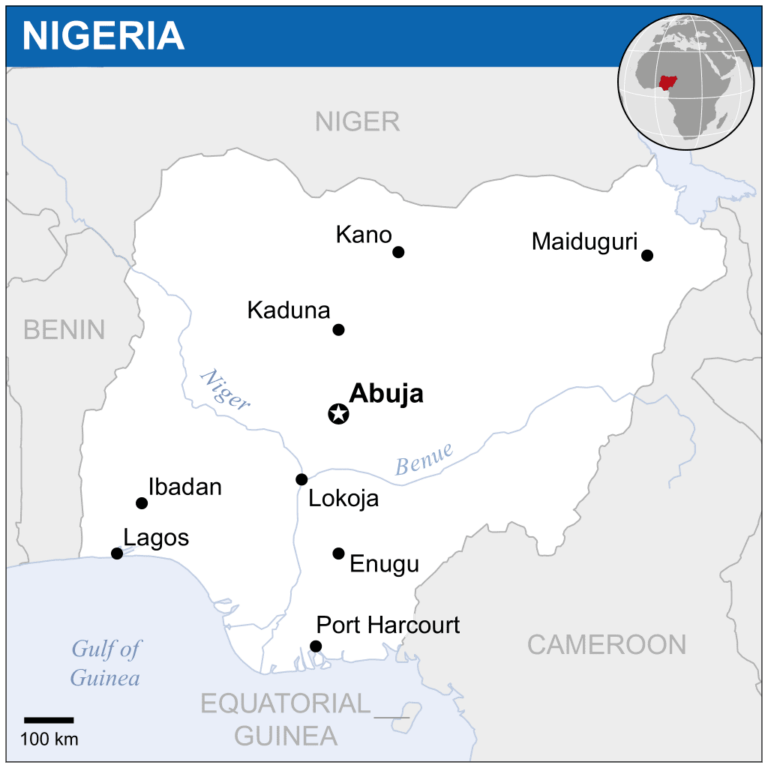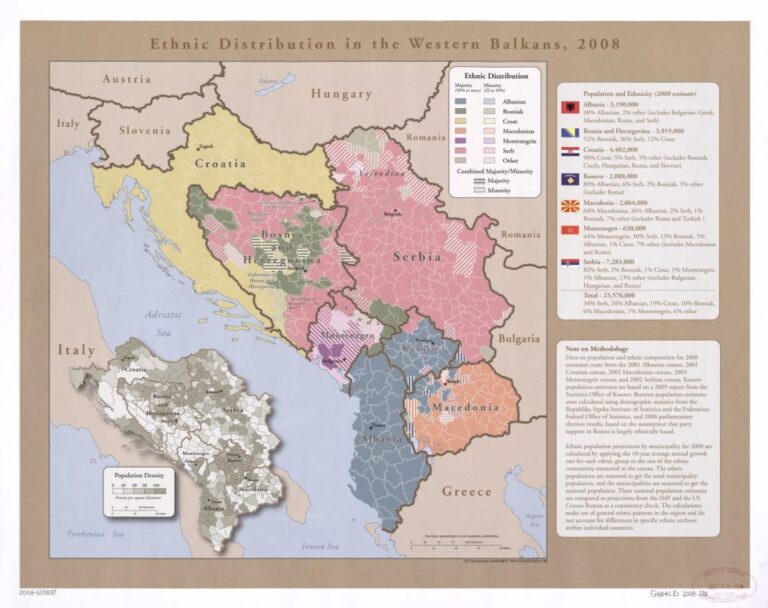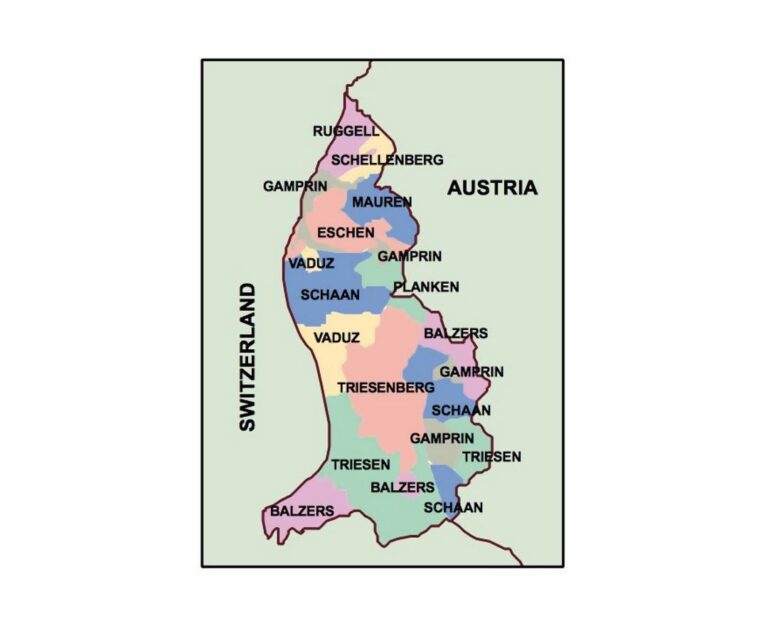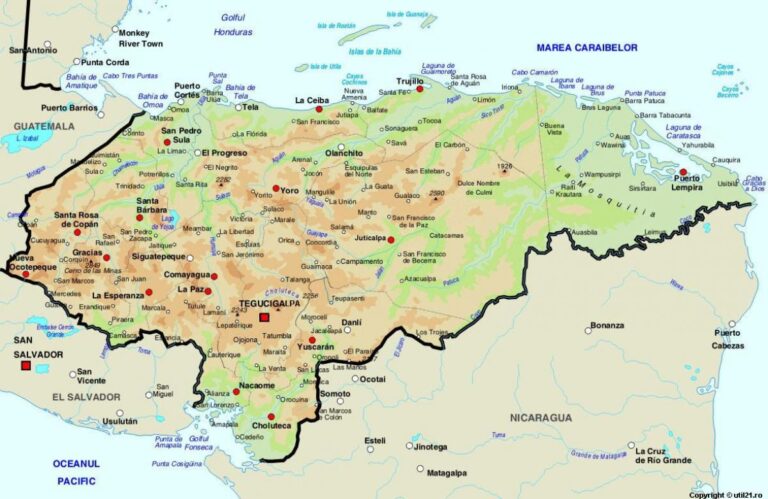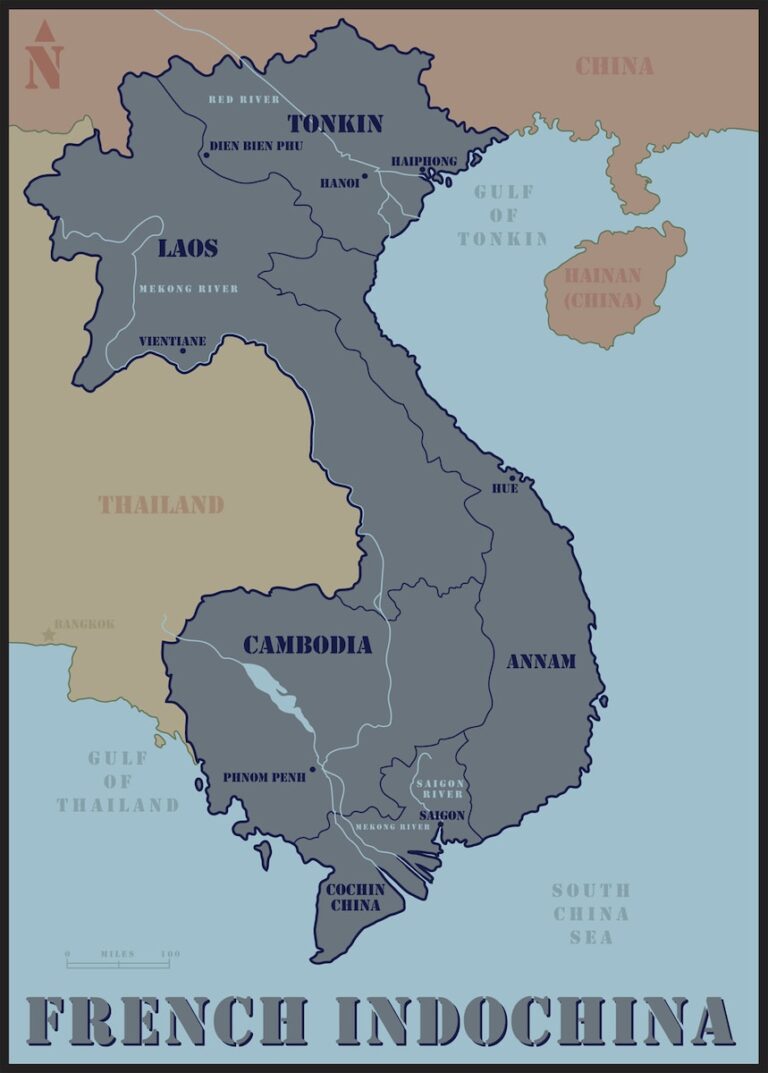Dominica Neighbouring Countries on the Map
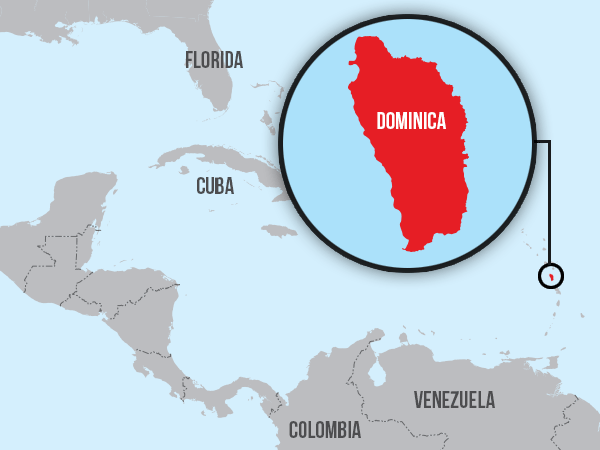
Dominica’s Neighboring Countries
Geographical Spot of Dominica
Dominica hangs out in the Lesser Antilles over in the eastern Caribbean. It’s the northernmost chunk of the Windward Islands, sitting pretty between 15°12’N latitude and 61°24’W longitude. The mighty Atlantic hugs its east side while the Caribbean Sea cozies up to the west. Being smack dab there makes Dominica like a big ol’ welcome mat for travel and trade across the Caribbean.
Snug Up Next to French Neighbors
The island’s nearest neighbors are the French territories of Guadeloupe and Martinique.
- Guadeloupe hangs out to the northwest, while Marie-Galante, another slice of French land, is right there too.
- Martinique chills to the south-southeast of Dominica.
Even though Dominica stands on its own, it’s got this lovely cultural back-and-forth with these French spots. Being close ain’t a bad deal for hopping over, trading goods, and exchanging good vibes. Plus, with Guadeloupe and Martinique being part of the EU as French overseas departments, there’s a whole world of economic and diplomatic stuff going on.
| Neighboring Place | Way from Dominica | Rough Distance |
|---|---|---|
| Guadeloupe | Northwest | ~30 miles |
| Martinique | South-southeast | ~25 miles |
Checking out where Dominica sits and its closeness to these French neighbors lets us really see why this spot’s important. Curious about more neighborly relationships? Look into our pieces on Antigua and Barbuda neighboring countries and Barbados neighboring countries.
Dominica’s Relationship with Guadeloupe
Shared Borders and Culture
Dominica sits pretty in the Lesser Antilles, tucked between Guadeloupe to the northwest and Martinique further down to the south-southeast. Sure, there’s the Caribbean Sea in between, but that only makes for fantastic sunsets and some pretty strong ties. With a hop, skip, and a jump, Dominica and Guadeloupe have cooked up a vibrant cultural stew.
Dominica’s crowd is a colorful patchwork of folks – African descent, Europeans, people from the Indian subcontinent, and the indigenous Caribs. The culture mash-up is easy to spot in the local speech, time-honored traditions, and spicy food scene. You see, way back in the 1690s, some French folks dropped by, leaving behind their language, which blended with local flavors to create Dominican Creole, aka French patois, with a hint of Arawak spice.
| Aspect | Dominica | Guadeloupe |
|---|---|---|
| Official Language | English with French Patois | French |
| Population Groups | African descent, Europeans, Caribs | African descent, Europeans |
| Cultural Practices | Frenchy Creole Mix | Frenchy Creole Mix |
Sneak a peek at how Dominica’s neighbors shake up their cultural cocktails right here.
Economic Ties
When it comes to making moolah, Dominica and Guadeloupe have it down. They’re trade buddies, with Dominica sending over loads of fresh goodies—think bananas, citrus, and veggies—to Guadeloupe. In return, Guadeloupe ships back things like machinery and everyday consumer stuff to keep Dominica buzzing.
Let’s not forget the tourist tracks. Nature lovers flock to Dominica for its lush trails and wildlife, hopping over from Guadeloupe with eager eyes. Thanks to easy boat rides and quick flights, the business and leisure meet-ups between these two are as frequent as island rain.
Want to see neighborly love translating into economic toy trains? Here’s more.
| Trade Activity | Dominica Exports to Guadeloupe | Dominica Imports from Guadeloupe |
|---|---|---|
| Agricultural Products | Bananas, Citrus Fruits, Vegetables | Machinery, Consumer Goods |
| Tourism | Eco-tourism Attraction | Leisure and Business Travel |
These island neighbors prove that when borders touch and trade happens, magic unfolds. For more tales of countries and their neighborly huddles, don’t snooze on these tales on brazil neighboring countries and belize neighboring countries.
Dominica’s Connection with Martinique
Geographical Location
Dominica, an island cozied up in the Lesser Antilles of the eastern Caribbean Sea, is smack dab between the French sisters of Guadeloupe up north and Martinique lounging to the south. Its closest neighbors are part of the family known as the European Union’s distant relatives – the French overseas territories of Guadeloupe and Martinique.
| Dominica | Martinique |
|---|---|
| Location | Lesser Antilles, Eastern Caribbean Sea |
| Neighboring Islands | Guadeloupe to the northwest, Martinique to the south-southeast |
This nearness brews a special connection that marries physical closeness with shared history and cultural kinship.
Historical and Cultural Links
Dominica and Martinique go way back, being BFFs in the world of shared legacies and cultural vibes. Colonization played DJ here, spinning a mix of European (chiefly French) and African beats that both islands groove to.
| Aspect | Dominica | Martinique |
|---|---|---|
| Colonial Vibes | European (French) | European (French) |
| Cultural Jam | African and French | African and French |
Everyone on the block seems to speak some version of French or French Creole, thanks to those colonial mixers, making chats and cultural swaps as simple as pie. They nod to the same tunes and chow down on similar eats, throwing parallel parties that salute their shared roots.
Want to peek into other neighborhood sagas and alliances? Take a sec to look at our pieces on Antigua and Barbuda neighboring hangouts and Bahamas pal connections.
Dominica’s Island Features
Nature’s Playground
Dominica, affectionately known as “The Nature Island of the Caribbean,” is a treasure trove for those who love the great outdoors. It flaunts a stunning mix of mountains, lush rainforests, tranquil lakes, hot springs, and waterfalls (source: Wikipedia). This blend pulls in thrill-seekers and nature lovers alike, all craving a slice of its untouched beauty.
A standout delight is the Boiling Lake, the world’s second-largest of its kind. Trekking enthusiasts can enjoy the Waitukubuli National Trail, which meanders 115 miles across the island’s scenic landscape with diverse habitats aplenty.
Dominica’s landscape is pretty much a playground for those into hiking, bird-watching, and snorkeling. It’s an adventurer’s ideal spot, promising not just stunning sights, but a chance to connect with nature in its raw and beautiful form. Want to orient yourself better in relation to neighboring lands? Check out our section on Dominica’s Neighboring Countries to get your bearings.
Kaleidoscope of Flora and Fauna
Home to a kaleidoscope of life, Dominica stands out as a haven for unique plant and animal species. The charismatic sisserou parrot calls these lands home and proudly serves as the island’s national symbol. Alongside it lives the critically endangered Lesser Antillean iguana (source: Wikipedia).
The island’s rainforests generously host an array of orchids, ferns, and mosses, all thriving in Dominica’s varied environments. The island’s mix of landforms and climates creates perfect pockets where countless plants and creatures flourish.
| Key Species | What They’re About |
|---|---|
| Sisserou Parrot | Striking beauty, national pride |
| Lesser Antillean Iguana | An endangered rarity |
| Orchids | A colorful shower of blooms |
| Ferns and Mosses | Lush, green, and everywhere |
Dominica’s commitment to its natural riches shows in its national parks and protected zones, which do double duty as both wildlife sanctuaries and eco-tourism magnets. Discover more about how these natural wonders raise Dominica’s profile as an eco-tourism hotspot in our articles.
Grasping Dominica’s awesome biodiversity gives you a fresh perspective on its place among nearby countries and its links with other nations. It’s just another layer of intrigue in the topic of neighboring countries.
Dominica and Citizenship by Investment
Dominica, a gem in the Caribbean with stunning views and a lively culture, offers a unique chance for folks wanting citizenship through investment. Let’s take a look at what they offer and why you might wanna consider it.
Easy Entry to Citizenship Perks
Dominica’s got a citizenship by investment deal that’s turning heads. There are two main ways to get in on this: kicking in some dough into the Economic Diversification Fund (EDF) or snagging a piece of real estate.
-
Economic Diversification Fund: To become a Dominican on paper, you toss a non-refundable $100,000 into the EDF. The fund was a big deal, making up 16% of what the government raked in back in 2018 (Wikipedia).
-
Real Estate Purchase: If real estate’s more your game, you need to invest at least $200,000 in property. We’re talking about freakin’ fancy resorts backed by names like Marriott and Hilton (Wikipedia).
Jumping on these offers means you get your foot into Dominica’s buzzin’ economy and can tap into some juicy investment spots. Plus, your cash helps keep the island steady and growing.
Globe-Trotting Freedom
One of the juiciest bits of being Dominican (passport-wise) is how far you can skip around the planet without hassles. You can waltz into about 140 countries visa-free or grab one on the go (Wikipedia). Top stops include:
- The UK
- Schengen Zone countries
| Travel Style | Countries You Can Visit |
|---|---|
| Visa-Free Explorer | ~140 |
| United Kingdom | ✔ |
| Schengen Zone | ✔ |
This extensive globe-trotting freedom makes Dominica’s citizenship deal real tempting for worldwide explorers and investors.
Curious about what other regions offer? Read more in our features on Afghanistan neighboring countries, Albania neighboring countries, and Antigua and Barbuda neighboring countries.
Dominica doesn’t just open its doors for investors; it ups its game on the global stage too.
Dominica’s Historic Challenges
Impact of Natural Disasters
Dominica has had its fair share of wild weather events that have put the toughness of the island and its people to the test. Here’s a quick rundown of some big stormy moments:
- Hurricane David (August 1979): This nasty hurricane laid waste to the island. Buildings were trashed, roads were wrecked, and the island’s pocketbook took a serious hit (Britannica).
- Hurricane Allen (1980): As if the island hadn’t been through enough, Allen came stomping through the following year, leaving more chaos in its wake.
- Tropical Storm Erika (August 2015): Erika was no joke. The storm whipped through with floods and rockslides, toppling buildings and causing over twenty-four tragic deaths (Britannica).
- Hurricane Maria (September 18, 2017): Maria wasn’t messing around. It ripped through with insane force, flattening homes and shaking up the whole island’s way of life. Prime Minister Skerrit didn’t hold back, calling it a major game-changer for their infrastructure and economy (Britannica).
Quest for Economic Resilience
Dominica has long relied on farming, with bananas being a top player, along with citrus fruits and coconuts. But each hurricane gave these crops a good beating. Now, Dominica’s been hustling to switch things up economically.
| Major Crops | Major Issues |
|---|---|
| Bananas | Whirlwind Destruction from Hurricanes in Late 20th and Early 21st Centuries |
| Citrus Fruits | Repeated Battering by Hurricanes |
| Coconuts | Ongoing Risk from Storms |
To change the game, the island’s betting on tourism and some financial side gigs (Britannica).
- Tourism: With a focus on eco-friendly tourism, the island’s natural charms are drawing folks looking for a little adventure and a lot of nature.
- Offshore Financial Sector: Though not huge, the financial sector is a little cash cow away from just relying on the farm.
- Citizenship by Investment Programs: Dominica’s got a pretty sweet deal with these programs. With an entry ticket of $100,000 through the Economic Diversification Fund, this scheme made up 16% of the government’s cash as of 2018 (Wikipedia). For more info on these moneymakers, check out our section on Dominica and Citizenship by Investment.
Dominica’s pushing forward, finding new ways to build economic muscle despite the storms. They’re forming a more solid, flexible game plan to rise above the constant curveballs of nature. For more about how Dominica fits in with its island buddies, peep articles on Antigua and Barbuda’s neighboring countries and Saint Lucia’s neighboring countries.

